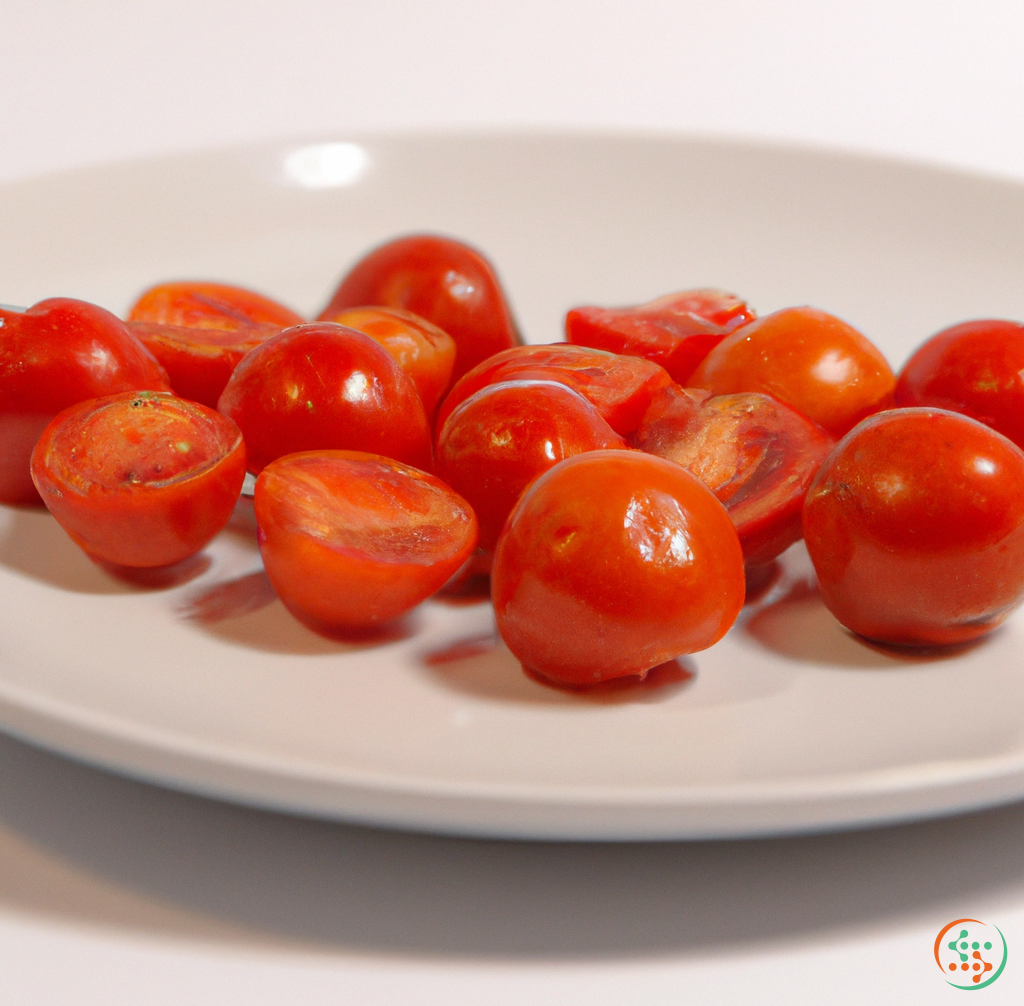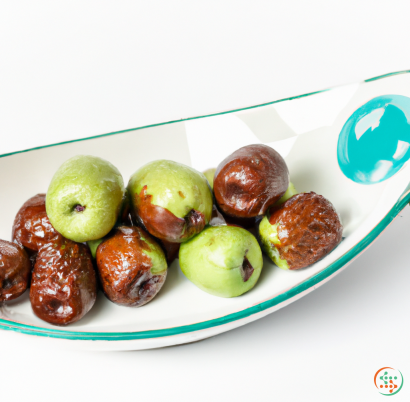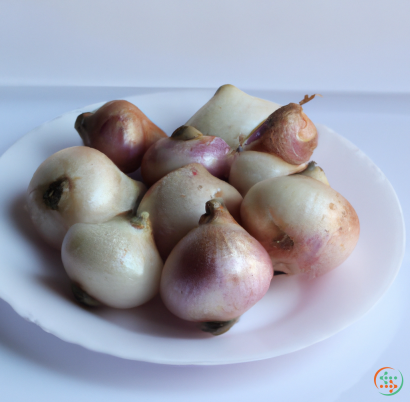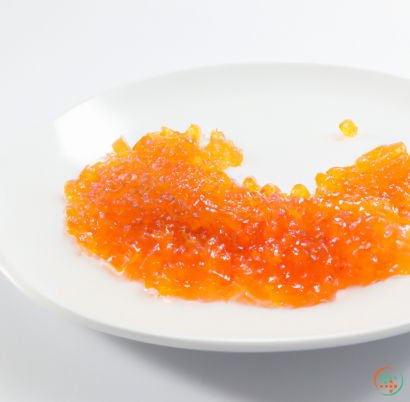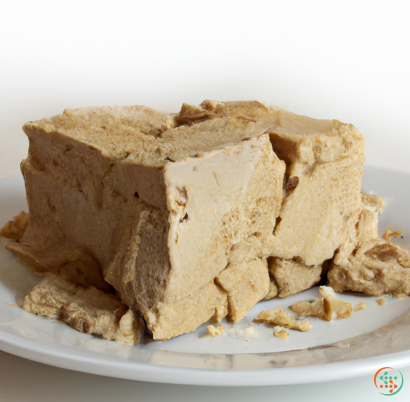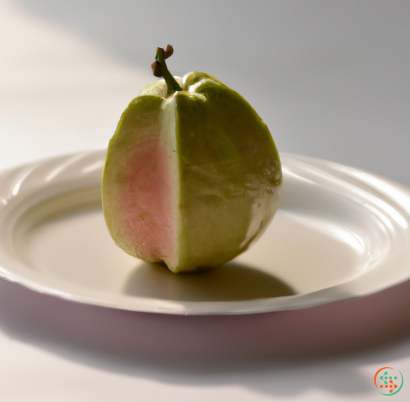Cooked Tomatoes
When you think of cooked tomatoes, what comes to mind? Perhaps it’s your favorite pasta dish with a nice tomato-basil sauce. Or that classic can of diced tomatoes you use for chili. Those certainly count as cooked tomatoes, but there’s so much more to this incredibly versatile and nutritious vegetable.
Cooked tomatoes offer a world of delicious possibilities and a range of health benefits that are hard to ignore. With summer just around the corner and tomato season in full swing, now is the perfect time to get acquainted with cooked tomatoes.
What are cooked tomatoes?
Cooked tomatoes are tomatoes that have been cooked in some way. This could mean simmering or roasting, or even canning or pickling. cooked tomatoes can be used in all kinds of recipes, from sauces and salsas to soups and pastas. The possibilities are truly endless.
The health benefits of cooked tomatoes
Tomatoes are an excellent source of vitamins A and C, as well as zinc and iron, making them a great addition to any diet. Cooking tomatoes helps to break down their cell walls, which makes it easier for your body to absorb their beneficial nutrients.
Cooked tomatoes are also a great source of antioxidants, or compounds that help to protect our cells from damage caused by free radicals. This can help reduce inflammation, improve brain health, and even reduce the risk of certain diseases.
How to cook with tomatoes
There are a variety of ways to cook tomatoes, each with its own unique flavor and texture.
• Roasting: Roasting is a great way to bring out the natural sweetness of tomatoes and intensify their flavor. Preheat your oven to around 400°F and place your tomatoes onto a baking sheet. Sprinkle them with some salt, pepper, and olive oil, then bake for around 15 minutes, or until they’re soft and slightly browned.
• Simmering: Simmering tomatoes is a great way to make sauces, soups, and stews. Start by heating your tomatoes gently in a saucepan over medium heat. Once they’re warm, add your seasonings and simmer for around 15 minutes.
• Canning and Pickling: Canning and pickling are two great ways to preserve tomatoes for later use. Canning requires a couple of extra steps, like sanitizing your jars, but it’s relatively simple and will ensure your tomatoes stay fresh for months.
Pickling is another way to preserve tomatoes. Just mix white vinegar, sugar, and salt (and whatever spices you like!) and pour it over the cut tomatoes. The acid in the vinegar helps to preserve their natural flavors.
What to make with cooked tomatoes
Once you’ve mastered the basics of cooking tomatoes, the possibilities are truly endless! Here are some ideas to get you started:
• Tomato sauce is undoubtedly one of the most popular uses of cooked tomatoes. It’s simple to make and can be used in just about any dish. All you need to do is simmer some tomatoes in olive oil, then add garlic, salt, and herbs of your choice.
• Roasted tomatoes are a great topping for pizzas, sandwiches, and other dishes. Try adding some minced garlic, oregano, and olive oil before roasting them together.
• Tomato soup is a classic dish that’s easy to make and always a crowd pleaser. Start by simmering some tomatoes in chicken stock, then add vegetables, cream, and herbs to taste.
• Salsas and chutneys are vibrant and flavorful accompaniments to all kinds of dishes. Just mix tomatoes with peppers, garlic, onions, and herbs, such as oregano and cilantro.
Cooked tomatoes are a great way to add flavor, color, and nutrition to your dishes. They’re highly versatile and can be used in a variety of recipes, from sauces to soups to salsas and more. So next time you’re in the kitchen, why not give cooked tomatoes a try?
Cooked Tomatoes: From Field to Plate
When you think of cooked tomatoes, you might think of a juicy and flavorful pizza topping, or a savory side dish in your homemade lasagna. But there’s so much more to this luscious little fruit than meets the eye. We trace cooked tomatoes from seed to stirring spoon and explore the science, technology, and craftsmanship behind your favorite tomato dishes.
From Seed to Sprout
Tomatoes are some of the most widely-cultivated crops in the world. In fact, the first known cultivated tomatoes were grown by the Aztecs, and the tomato is now an essential ingredient in many cuisines around the world. But all these dishes and delights start with something rather simple – tomato seeds.
Tomato seeds come in many sizes, shapes, and colors. When planted in good quality soil and with plenty of sunshine, the little seeds will soon sprout and grow stems, leaves, and eventually fruits. But why do tomatoes take on so many shapes and sizes?
It’s all thanks to the scientific marvels of genetics and DNA. Tomatoes can range from cherry tomatoes to beefsteak tomatoes, and all points in-between, thanks to the combination of different genetic traits that plants inherit. Tomatoes are not only different because of genetics – they can also change shape and size depending on the nutrients and minerals present in the soil they’re grown in. This means that even if two tomatoes have the same genetic makeup, if they’re grown in different areas of the world, they may not have the same end result.
Harvest Time
Once tomatoes grow fully, it’s time for harvesting. It’s important to harvest at the right time, as tomatoes are quite delicate and bruise easily. If harvested too early, the tomatoes could be too tart, and if harvested too late, they could be too sweet. Thus, timing is critical for optimal flavor.
Tomatoes are usually harvested by hand, which allows for gentle handling and maximum care. Mechanical harvesting is sometimes used, but it can be detrimental to the tomatoes’ taste and texture, so it’s not common practice.
After harvesting, tomatoes need transportation to the processing plant as quickly as possible to ensure they stay fresh. Tomatoes are stored in temperature-controlled transport to stabilize their temperature, then they’re off to the plant!
Preparing to Cook
Once the tomatoes arrive at the food processing plant, they go through a variety of processes before they are ready to cook.
The first step is to inspect the quality of the tomatoes. The tomatoes are tested for firmness and taste, then sorted into piles for further inspection. Any tomatoes that don’t make the grade are discarded, ensuring only the best tomatoes make it to the customer’s plate.
Next, the tomatoes are washed, peeled and cut into chunks. This is done by machine, which slices the tomatoes into small, uniformly sized pieces. Once this step is complete, the tomatoes are ready to be cooked.
Cooking Perfection
When the tomatoes arrive at the cooking station, the real magic starts. The tomatoes are slowly cooked in specialized tanks at a carefully monitored temperature, which varies depending on the desired end product. For example, canned tomatoes are cooked slower and at a higher temperature than diced tomatoes, so they can retain their shape throughout cooking. This process ensures the tomatoes retain their nutrition and flavor.
Once the tomatoes are finished cooking, they’re moved to another station where they are made ready to package. Here, they are cooled and diced into bite-sized cubes and packed into containers. As the final step, the containers are labeled with the product name and expiration date.
At this point, the tomatoes are ready to ship out and make their way to the dinner plate.
From Plate to Palate
Whether you’re making a tomato soup from scratch or adding a few spoonfuls to your favorite pasta dish, the journey of the tomato doesn’t end here. Now it’s time for you to get creative with your cooking!
Tomatoes can be cooked in any variety of ways – sautéed, roasted, baked, grilled, or simmered. Depending on the recipe and the desired outcome, each of these techniques can yield a unique flavor that’s all its own.
However, no matter what style of cooking you choose, one thing is certain – cooked tomatoes are always incredibly delicious!
A Delicious Conclusion
There you have it! From seed, to transport, to cook, and back to the dinner plate, this has been the fascinating journey of cooked tomatoes. It shows us just how impressive – and important – our agricultural systems and food networks are, and emphasizes the hard work that goes into producing something as seemingly simple as a cooked tomato.
So the next time you take a bite out of a freshly cooked tomato, take a moment to appreciate the incredible process it took to get it on your plate. Enjoy!
| Vitamin A | 0.024 mg | |
| Beta-Carotene | 0.293 mg | |
| Vitamin E | 0.56 mg | |
| Vitamin K | 0.0028 mg | |
| Vitamin C | 0.0228 grams | |
| Vitamin B1 | 0.04 mg | |
| Vitamin B2 | 0.02 mg | |
| Vitamin B3 | 0.53 mg | |
| Vitamin B4 | 0.0069 grams | |
| Vitamin B5 | 0.13 mg | |
| Vitamin B6 | 0.08 mg | |
| Vitamin B9 | 0.013 mg |
| Calcium | 0.011 grams |
Daily Value 1.3 g
|
| Iron | 0.68 mg |
Daily Value 0.018 g
|
| Magnesium | 0.009 grams |
Daily Value 0.4 g
|
| Phosphorus | 0.028 grams |
Daily Value 1.25 g
|
| Potassium | 0.218 grams |
Daily Value 4.7 g
|
| Sodium | 0.011 grams |
Daily Value 2.3 g
|
| Zinc | 0.14 mg |
Daily Value 0.011 g
|
| Copper | 0.08 mg |
Daily Value 0.9 mg
|
| Manganese | 0.11 mg |
Daily Value 0.0023 g
|
| Selenium | 0.5 ug |
Daily Value 0.055 mg
|
| Tryptophan | 0.008 grams | |
| Threonine | 0.027 grams | |
| Isoleucine | 0.026 grams | |
| Leucine | 0.039 grams | |
| Lysine | 0.039 grams | |
| Methionine | 0.009 grams | |
| Cystine | 0.014 grams | |
| Phenylalanine | 0.028 grams | |
| Tyrosine | 0.018 grams | |
| Valine | 0.027 grams | |
| Arginine | 0.026 grams | |
| Histidine | 0.016 grams | |
| Alanine | 0.03 grams | |
| Aspartic Acid | 0.148 grams | |
| Glutamic Acid | 0.393 grams | |
| Glycine | 0.026 grams | |
| Proline | 0.02 grams | |
| Serine | 0.028 grams |
| Glucose | 1.18 grams |
|
| Fructose | 1.31 grams |
|
| Total Sugars | 0.131141 grams |
per 100g
|
| Palmitic acid (16:0) | 0.01 grams |
|
| Total Saturated fatty acids: | 0.01 g | |
| Oleic acid (18:1) | 0.02 grams |
|
| Total Monounsaturated fatty acids: | 0.02 g | |
| Linoleic acid (18:2) | 0.04 grams |
|
| Total Polyunsaturated fatty acids: | 0.04 g | |
| Phytosterols | 0.01 grams |
|
| Total Sterols: | 0.01 g | |
